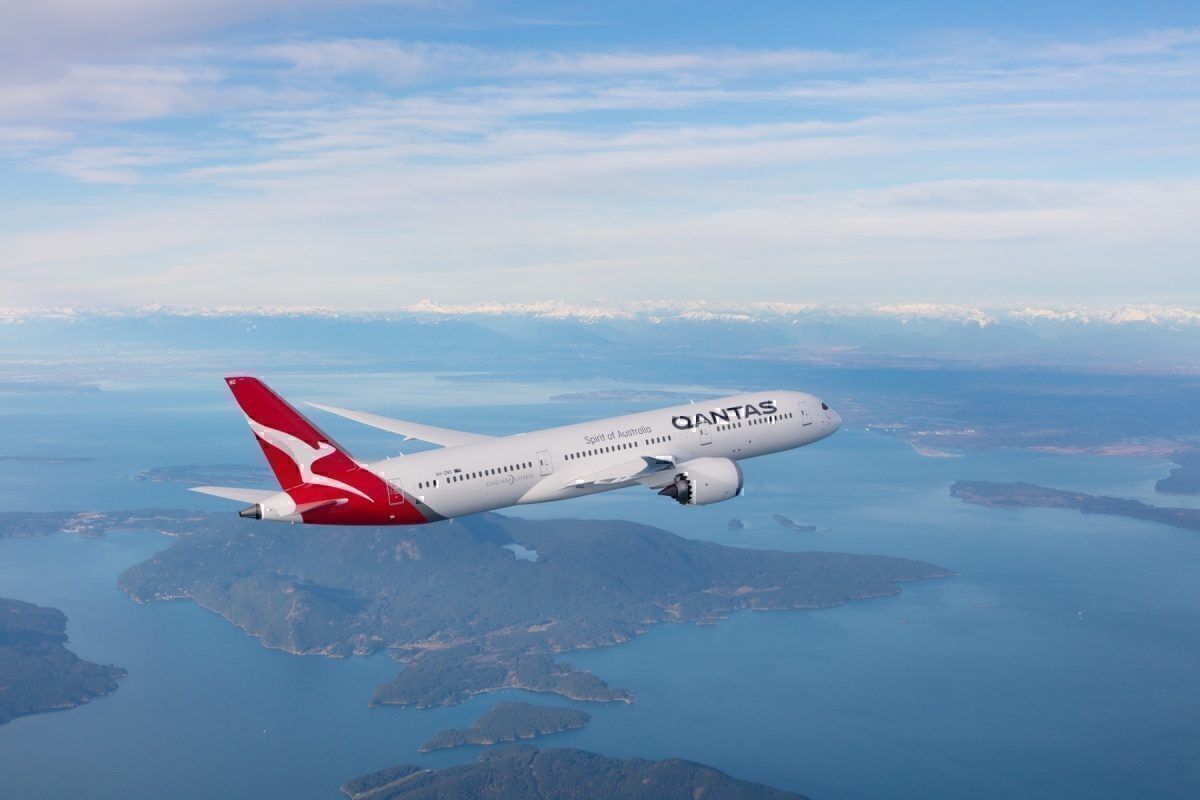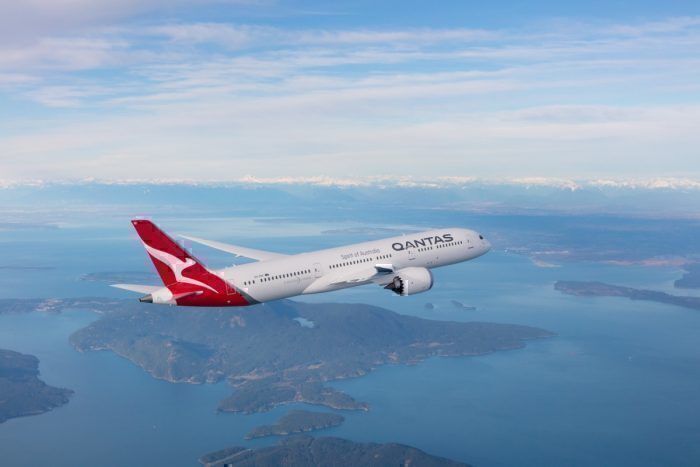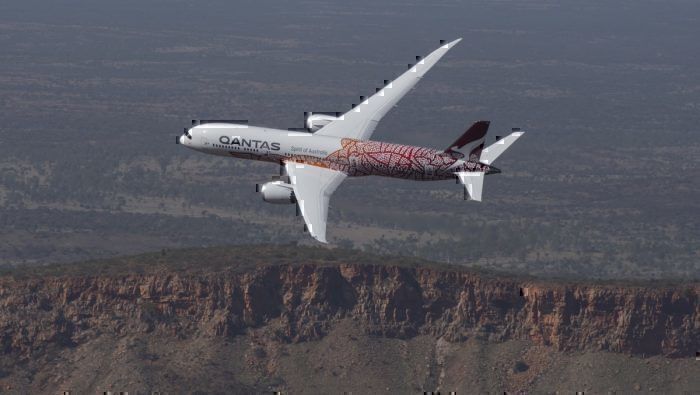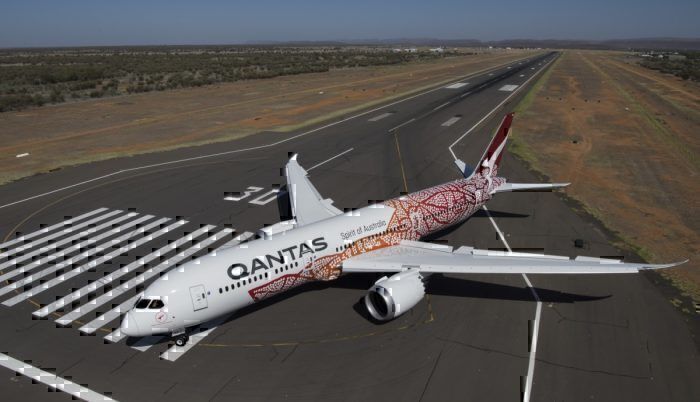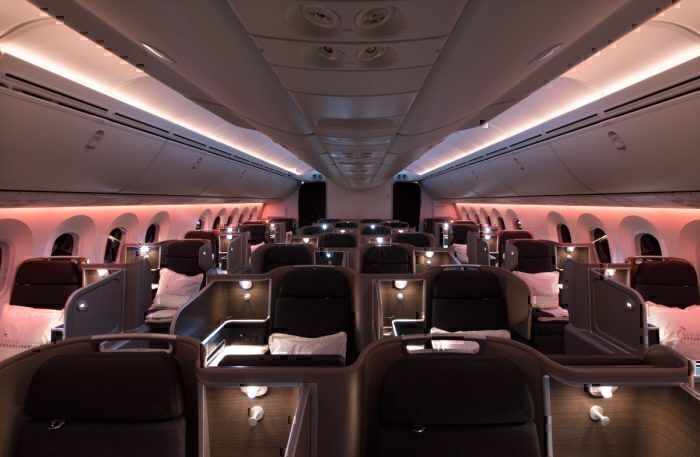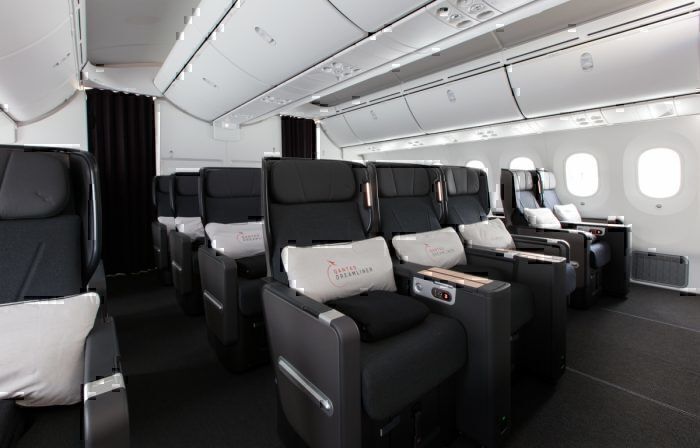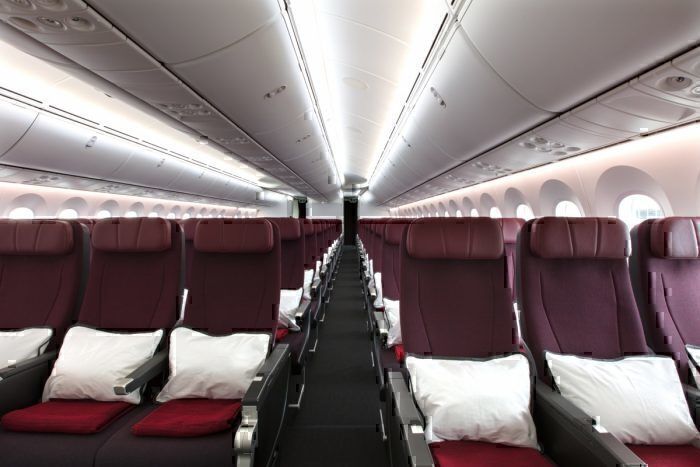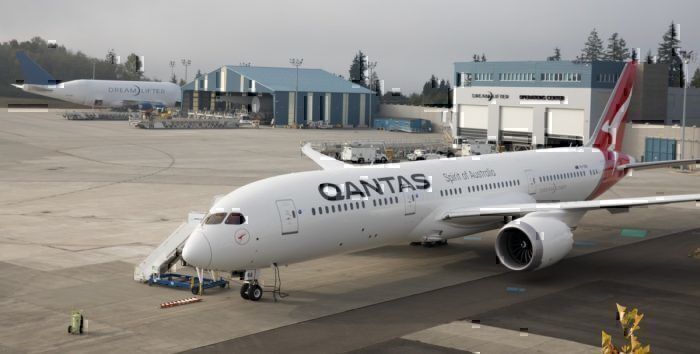Qantas is going big and bold with its first Project Sunrise test flight. The nonstop Boeing 787 flight will take off from New York-JFK on October 18th with a light load. This flight will allow Qantas to better study how these ultra-long haul flights will impact passengers and crew alike.
The first Project Sunrise test flight
Per a Qantas press release, QF 7879, an apt flight number, will take off from New York's JFK airport at 9:00 PM local time en route to Sydney. The flight is expected to take between 19 and 20 hours to complete. A Boeing 787-9 will travel around 16,200 kilometers, or just over 10,000 miles.
Why is Qantas operating test flights?
Nonstop 20-hour, 16,000-kilometer flights are not the norm in air travel. These Project Sunrise flights will be the longest in the world as Qantas aims to connect Sydney with New York and London. While Qantas has not selected an aircraft for the route, they are using a Boeing 787 for the test flight. Because the 787 cannot fly this route with a full load, Qantas will only be flying about 50 passengers and crew for the test flight.
These flights are not designed for revenue. In fact, they likely come at a great cost for Qantas. Rather, these flights will provide data in regards to how ultra-long-haul flights impact passengers and crew. Qantas will be testing crew rest and work periods, the health and wellness of passengers and crew, and ways to minimize jet lag. Notably, Qantas will also offset the carbon emissions from this flight.
It is unclear how the passengers will be distributed in flight. The 787-9 has three cabin classes: business, premium economy, and economy. And, for a 20-hour flight, the experience can vary quite a bit. Business class passengers will have access to a lie-flat seat while premium economy and economy passengers will be mostly upright with some recline. It is likely that Qantas will maintain three classes of service on true Project Sunrise flights.
What would actual Project Sunrise flights look like?
Qantas does not want to take the route of Singapore Airlines and offer reduced seating capacity in a premium-heavy configuration. As a result, it is likely that Qantas will maintain three classes of service on their actual Project Sunrise flights. But, a flight of this length in economy sounds miserable. Perhaps these test flights will give some insight and persuade Qantas to increase legroom in economy class and perhaps take out some middle seats.
The actual flights are not set to begin until 2022 or 2023. Qantas has a lot of work to do before these flights can take to the sky. Regulatory agencies will likely have a say in terms of how these flights will look. And, Qantas pilots and crew will likely give their input. Not to mention, acquiring aircraft and tailoring schedules will require a lot of work.
Would you fly nonstop from London or New York to Sydney? What kinds of changes do you think Qantas should make in anticipation of these flights? Let us know in the comments!

